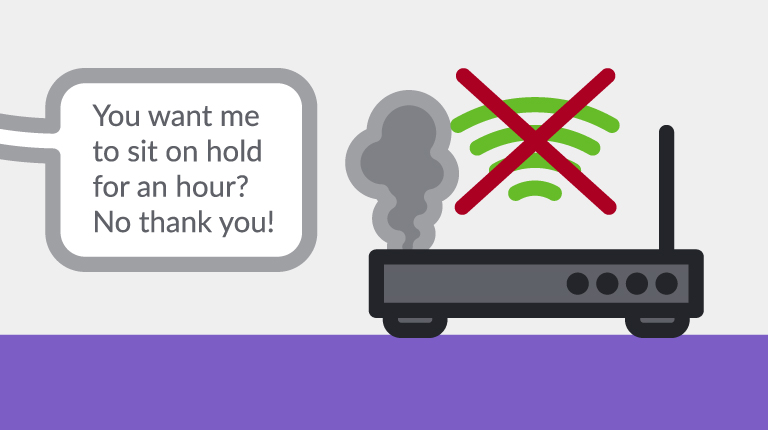Routing is an important topic that drives the success or failure of speech-enabled applications, frequently more than the apps do themselves.
All IVR applications fall into one of four high-level functional groups: authentication (I am this person); information request (what’s my checking balance; where is my package?); action (change password; refill prescription); and caller intent (I need to speak with a specialist about a block stock trade; I am calling about billing questions).
Many will agree that caller intent presents the most challenges with user interfaces. Accurately detecting caller intent is important for steering callers to the correct IVR application and/or to the appropriate employee skill. All too often in our consulting efforts, we find that a multitude of customer service representative (CSR) skills drives complexity, which can counterintuitively lower service performance. This is because the more alternatives that are presented to callers, the more likely they will be confused and routed to an incorrect path in the IVR or out to an agent. For the most part, such operational complexity is manageable within customer care.
Unfortunately, most customer service executives do not have complete control of their company’s voice channel. Marketing groups frequently drive telephony decisions, and though marketing ought to be very aware of the effect customer experience has on brand value, they are quite often far removed from understanding customers’ real-world experiences with their company. As a result, we often encounter many phone numbers created by marketing to track marketing efforts. What the marketing people don’t think through is that in their internal focus, they are ignoring the complexity they are creating for customers, customer care, and the poor telecommunications team.
The result is misrouting of callers, causing high internal transfer rates and routing into incorrect IVR applications. Transfers negatively affect companies in multiple ways. Cost of labor increases through the lost productivity of the first employee, and during warm transfers, the cost of one employee speaking with a second employee. Telecommunication costs, including the cost of telephony platform resources, rise due to a greater number of dual paths and increased average handle time (AHT). Employee morale in contact centers with high transfer rates is markedly lower than in those that accurately route callers. Finally, customers especially do not like transfers. Several recent surveys have more than 20 percent of customers ranking transfers as their top dissatisfaction while interacting with call centers.
One company we studied implemented three new speech-enabled IVR applications in 2013. Net Promoter Scores and customer satisfaction scores were as high and, in one app, higher than calls handled by CSRs when callers were accurately routed into the correct IVR application. After misroutes into those applications, both scores dropped dramatically lower than CSR scores. Excellent IVR applications were providing very low satisfaction through misrouting. The focus for 2014 was on improving routing through retirement of 98 percent of toll-free numbers (TFNs), consolidation of CSR skills by 20 percent, and introduction of advanced speech-enabled natural language understanding routing out front on every call. The results confirm that with routing improvements, customer satisfaction with the IVR applications increased dramatically.
To reduce misroutes, your goals should include the following:
- An architecture that places IVR in front of the ACD.
- No network prompting in front of the IVR.
- Reducing TFNs to very few. Justifiable reasons for an additional TFN are different brands and languages other than English and not much more than that.
- Reducing skills to achievable, cost-justifiable numbers. My personal “get worried” point is five skills.
Getting customers to the right place, at the right time, with the least effort will result in lower costs, higher customer and employee satisfaction, and improvement of critical contact center metrics such as AHT, average speed of answer, and first call resolution. Everyone wins when you get routing right. Your employees will love you and your customers will love your IVR.




